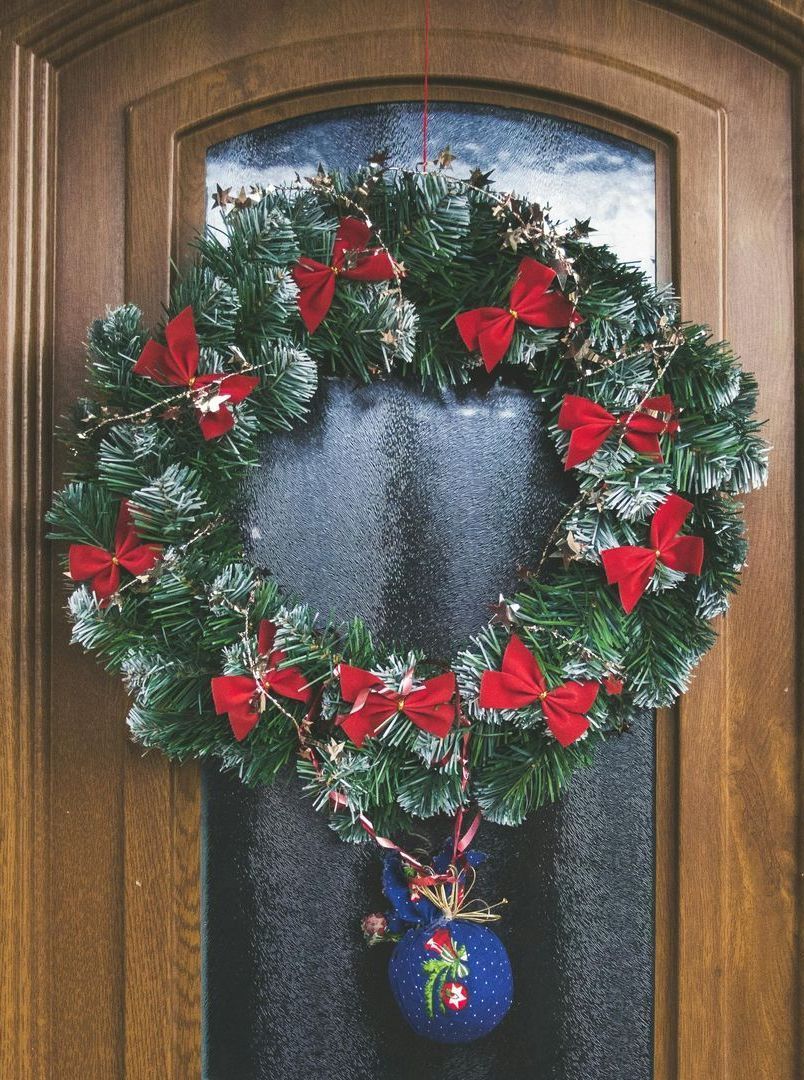The History Behind Christmas Symbols and Decorations
Christmas is filled with symbols and decorations that are beloved worldwide, but how many of us know the stories behind these traditions?

From the humble Christmas tree to the twinkling lights that decorate our homes, many of these items have rich histories that stretch back centuries. Let’s take a look at some of the most iconic Christmas symbols and their fascinating origins.
1. The Christmas Tree
The Christmas tree is perhaps the most iconic of all Christmas symbols. Its origins trace back to ancient times when people used trees and evergreen plants to celebrate the winter solstice. The Egyptians, Romans, and Druids all decorated their homes with greenery to ward off evil spirits and bring good fortune. However, the modern tradition of the Christmas tree as we know it began in Germany during the 16th century, when devout Christians brought decorated trees into their homes. It wasn’t until the 19th century that it spread to the UK and the United States, largely thanks to Queen Victoria and Prince Albert, who famously popularised the tradition with their tree at Windsor Castle.
2. Holly and Mistletoe
Holly and mistletoe are two plants that are deeply tied to Christmas traditions, often used in wreaths, garlands, and table centrepieces. The tradition of using holly during the holiday season stems from ancient European pagan customs. Holly, with its shiny green leaves and bright red berries, was seen as a symbol of protection and good luck during the harsh winter months. In medieval Europe, mistletoe was considered sacred, often hung above doorways to ward off evil spirits. The tradition of kissing under the mistletoe, however, is much younger and emerged in 18th-century England, based on Norse mythology, where mistletoe was seen as a symbol of peace and love.
3. Santa Claus and His Reindeer
Santa Claus, also known as St. Nicholas, Father Christmas, or Kris Kringle, has evolved over time from a historical figure into the jolly character we know today. The legend of St. Nicholas dates back to the 4th century, when he was a bishop known for his generosity towards children and the poor. Over time, he became associated with Christmas gift-giving. The modern image of Santa Claus, with his red suit and white beard, was popularised in the 19th century through poems like “A Visit from St. Nicholas” (commonly known as “The Night Before Christmas”) and Coca-Cola’s advertising in the 1930s. Santa’s reindeer, including the famous Rudolph, were introduced in 1823 in the poem "A Visit from St. Nicholas," adding a magical element to the legend.
4. Christmas Stockings
The tradition of hanging Christmas stockings by the fireplace dates back to the story of St. Nicholas. Legend has it that the saint helped a poor man by secretly placing gold coins in the stockings of his three daughters, which were hung to dry by the fireplace. The custom of hanging stockings soon became popular, and children would hang stockings in hopes that St. Nicholas would leave them small gifts or treats. Today, Christmas stockings are a fun part of the holiday tradition, often filled with small toys, chocolates, and little surprises.
5. Candy Canes
Candy canes, with their distinctive hook shape and red-and-white stripes, are a sweet symbol of Christmas. The tradition of candy canes dates back to the 17th century in Europe, though their modern form came to the United States in the 19th century. The hook shape is thought to represent the shepherd’s crook, a nod to the biblical story of the shepherds who visited the baby Jesus. The red stripes are said to symbolise the blood of Christ. While the candy cane’s religious symbolism might not be as widely recognised today, it remains a beloved treat during the holiday season.
6. Christmas Lights
The tradition of decorating with lights started in the 17th century when candles were placed on Christmas trees to celebrate the arrival of Christ. However, the use of electric lights began in the early 20th century, with the first electrically lit Christmas tree being displayed in 1882 by Edward H. Johnson, a friend of Thomas Edison. Christmas lights quickly became a way for families to express their festive spirit, and today, houses and public spaces are often adorned with millions of twinkling lights during the holiday season.
7. The Nativity Scene
The nativity scene, or crèche, is a visual representation of the birth of Jesus Christ. It is believed to have been created by St. Francis of Assisi in 1223 to help people understand and feel the story of Jesus’ birth. The nativity scene typically includes figures of the Holy Family—Mary, Joseph, and the infant Jesus—as well as angels, shepherds, and animals. Over the centuries, nativity scenes have become a staple of Christmas decorations in homes and churches worldwide.
8. Christmas Wreaths
Wreaths, especially those made of evergreen plants, are another symbol of the season. Their circular shape represents eternity and the endless nature of God’s love, while the evergreens used in wreaths symbolise eternal life. Wreaths were traditionally made with holly, ivy, and fir, and are now often used as door decorations to welcome guests during the holiday season.
Christmas decorations and symbols carry with them stories of history, culture, and belief that have evolved through the centuries. Whether it’s the evergreen trees, twinkling lights, or the red of holly berries, each element serves as a reminder of the rich traditions that continue to make the Christmas season so special.
Next time you hang your stockings or place a candy cane on your tree, take a moment to reflect on the deeper meanings behind these beloved holiday traditions!
Have a look at our properties for sale here. You can also learn how we can sell your property for free!
Got a property to sell? Call us or
send us an enquiry.






